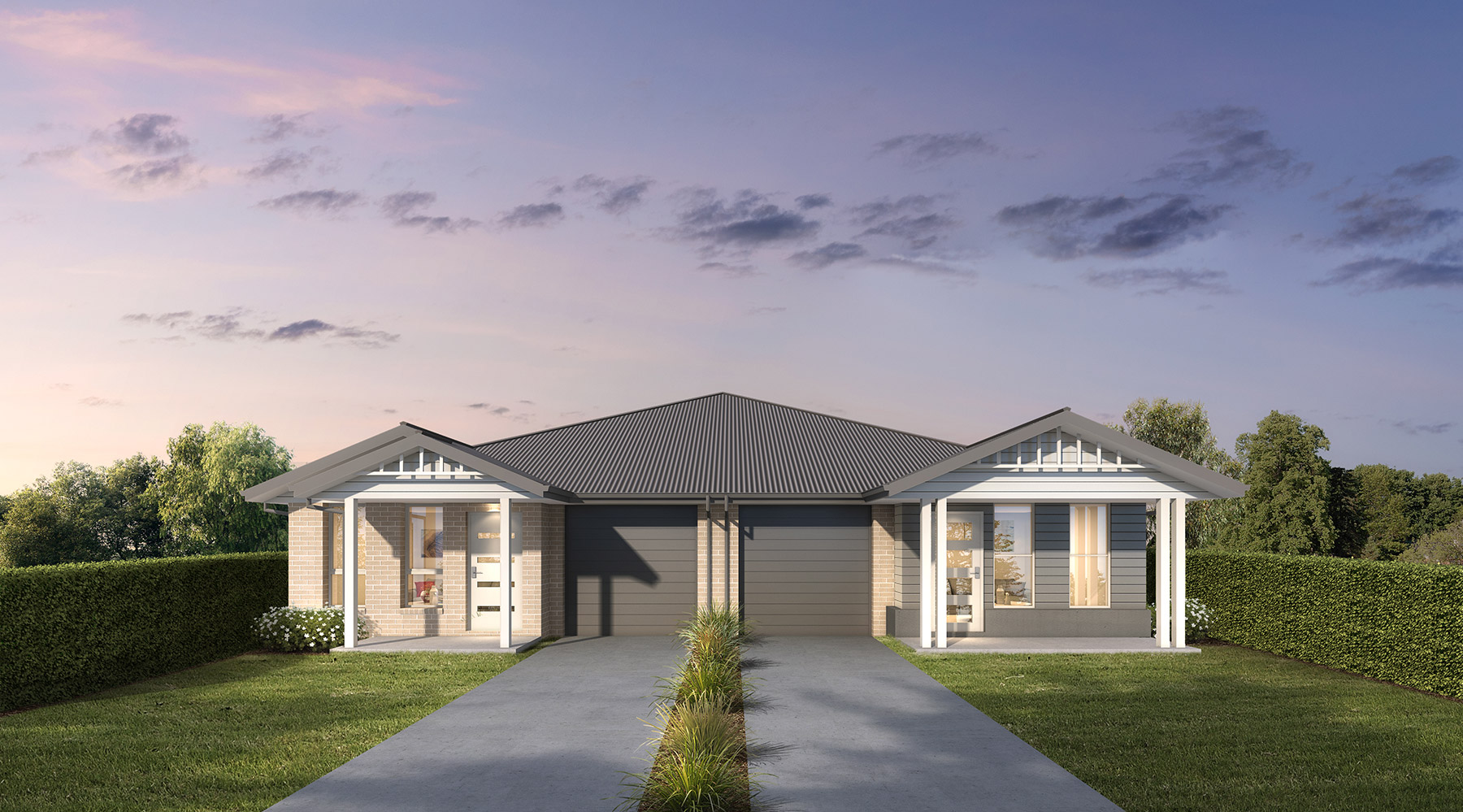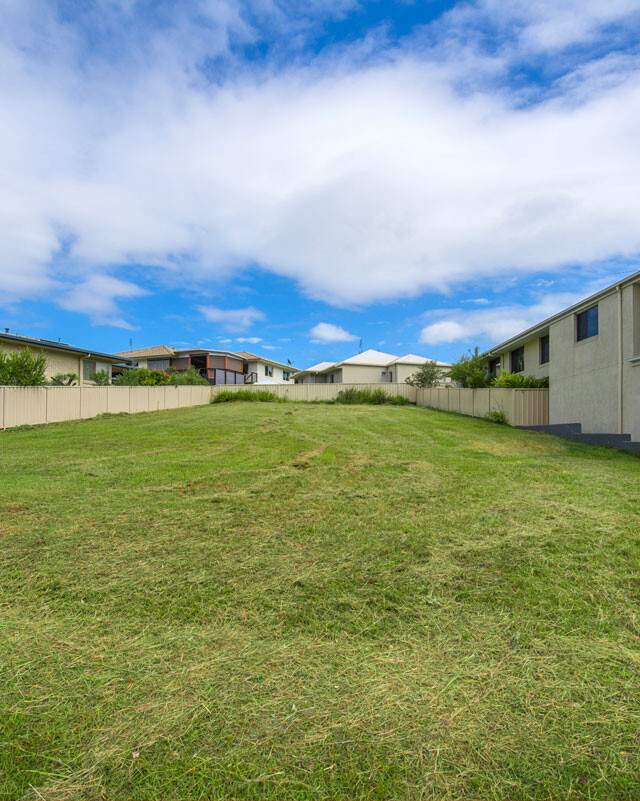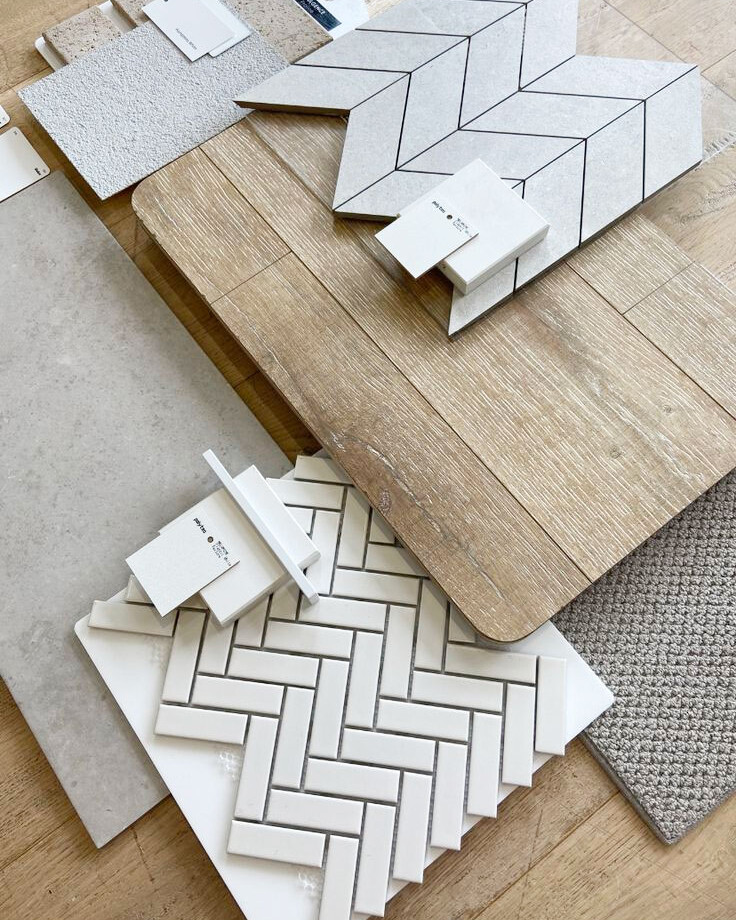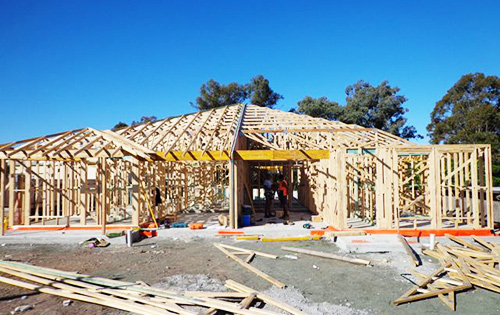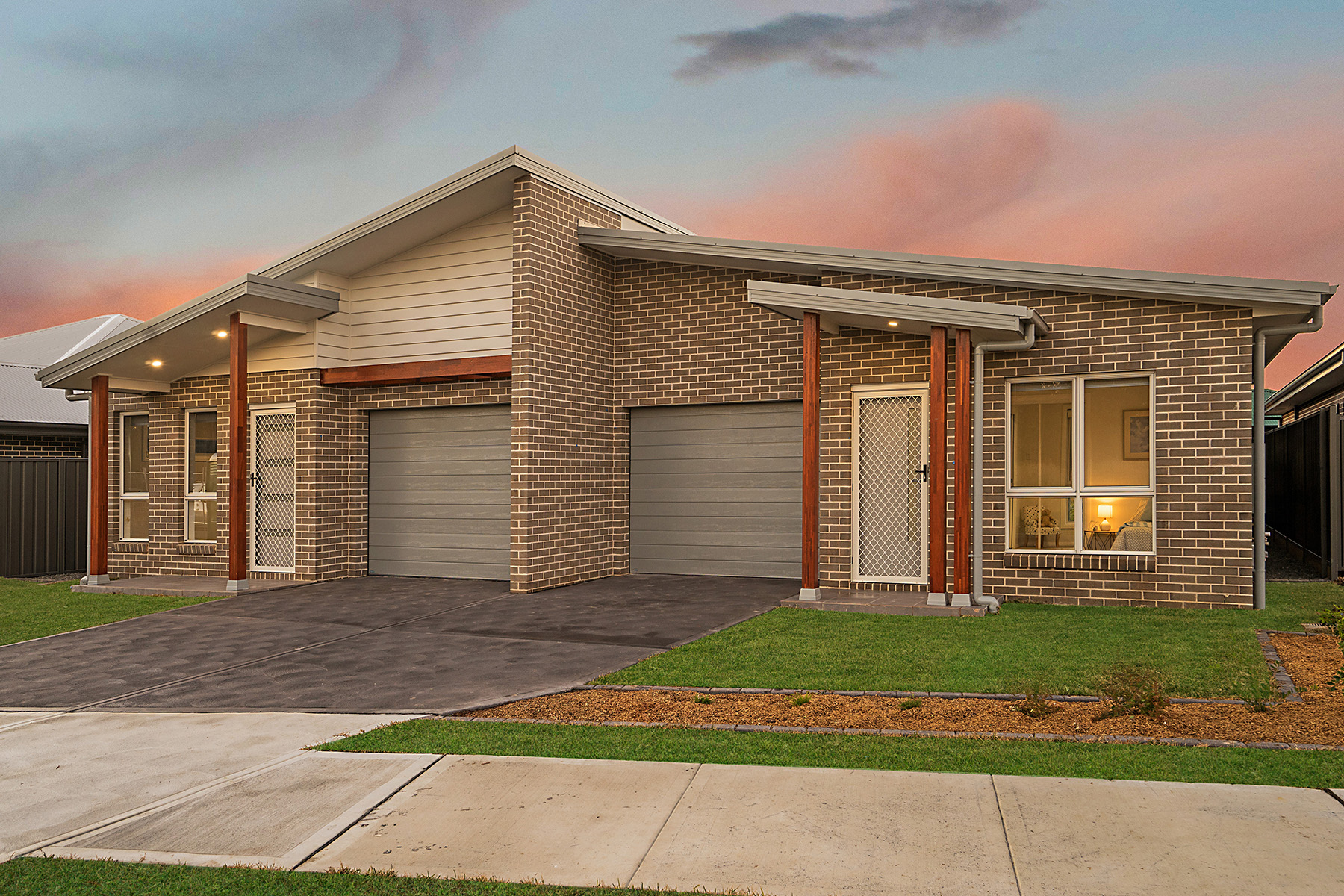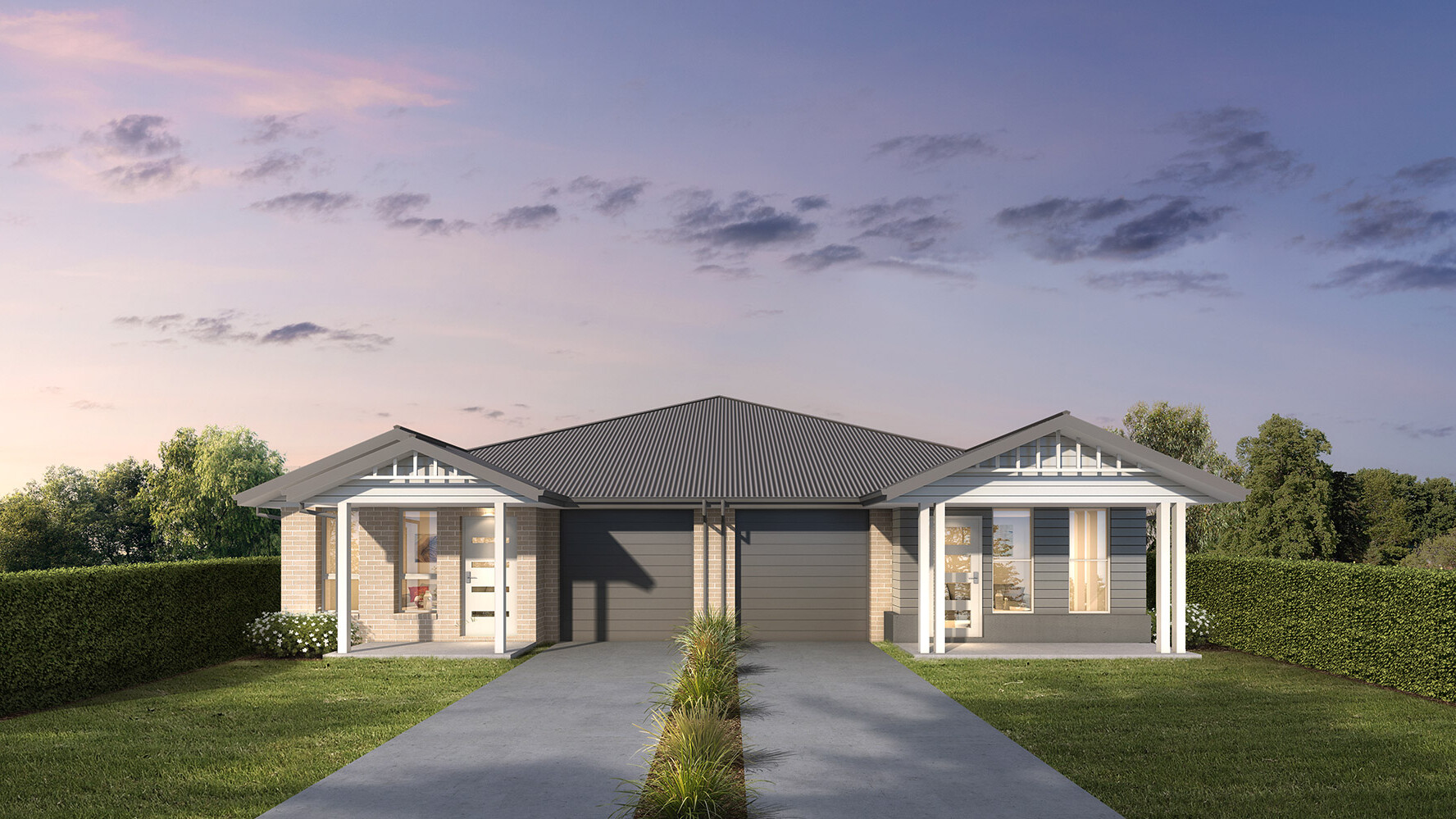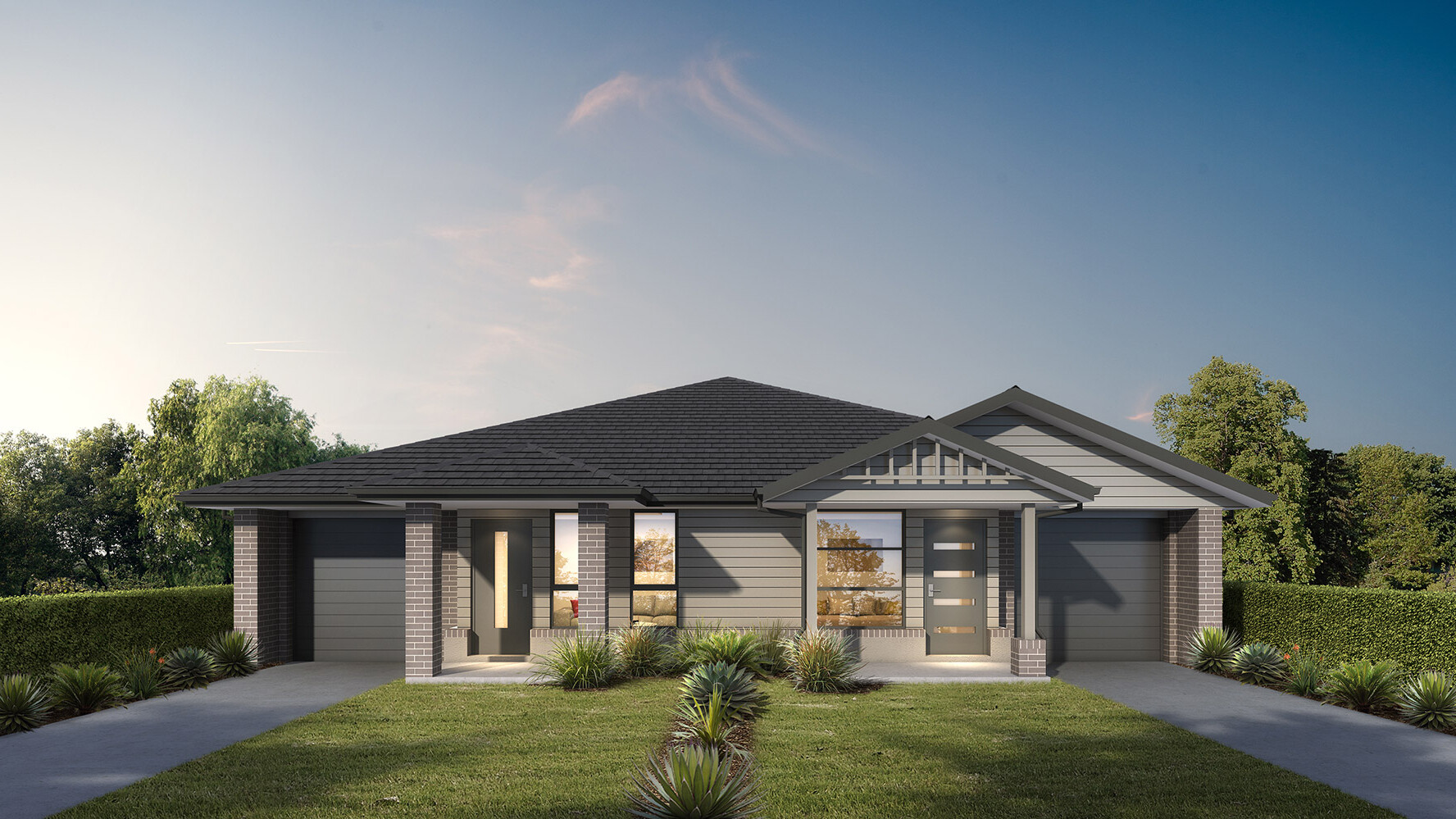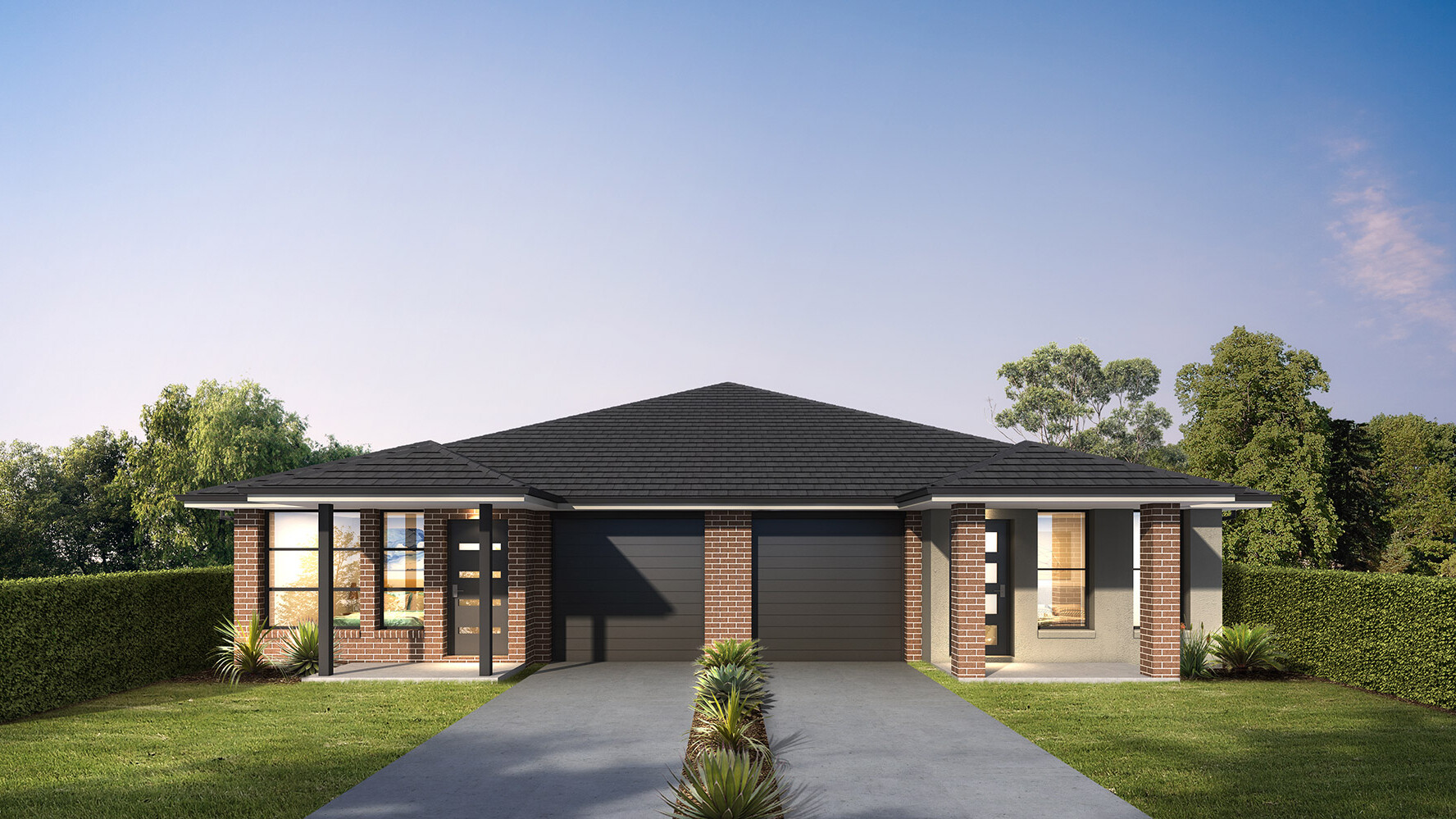WHAT IT TAKES TO BUILD A DUPLEX
It’s no surprise that when it comes to property development, so many investors choose to build a duplex for their first build. The main benefit of building a duplex is that it doubles the equity of your property without doubling the investment cost, so you can secure strong returns with a relatively lower risk.
The cost to build a duplex is usually cheaper than building two houses, the build duration is less and because both dwellings are on the same block, the land costs less than two separate lots. Furthermore, you have the opportunity to enjoy dual income should you choose to rent out your new properties, or benefit from the sale of one or both of the properties.
Understandably, first time investor builders have so many questions about the duplex build process so we’d like to alleviate unnecessary fears by stepping you through each stage.
1. Are you in a strong position to invest in property development?
Before embarking on any investment it’s essential to determine the state of your finances and calculate exactly how much money you may need to borrow. It’s important to arrange pre-approval on your finance or funding, potentially with a broker that has experience securing finance for residential construction.
2. Location, location, location!
With finances secure, now you need to buy the right block of land with the following specifics required to ensure that the duplex build process goes smoothly. The ideal block for a duplex will need to be a flat block or have a slight fall to the street (ideal for stormwater drainage) with at least a 17m wide frontage. Corner blocks offer dual frontage (one unit facing each street).
Before you hand over your deposit, check with council as to whether the block is zoned for a dual occupancy development.
3. Measuring up
Arrange a Contour & Detail survey of the block via a surveyor. This captures size, dimensions, fall and location of services to the block.
4. Sales Plan
If it’s a new residential lot, or unregistered land, a sales plan of the block is initially all that’s required to start planning the build.
5. Choose a reputable and experienced builder
Make sure you do extensive research to find a local, reputable and experienced builder who you can trust to build your investment property. It’s important to contract a builder that specialises in dual occupancy developments to commence the design process. An experienced dual occupancy builder will manage the design, planning, subdivision, lodgement of development application to council, new water and sewer connection points if applicable, and Construction Certificate prior to construction commencing.
6. Pre-construction phase
Your builder will issue a Preliminary Tender based on concept plans. Once you accept this tender and commit to your builder of choice, they will proceed with preparation of the DA (Development Approval) plans and lodgement to council.
Once the DA consent is received, your builder will begin preparation of CC (Construction Certificate) plans and documents for your CC application, including slab and structural engineering plans.
7. More official business
Now’s the time to finalise selections for the kitchens, bathrooms, flooring, paint colours and finishes. Minor works plumbing will have been completed (new water and sewer connection point to the proposed 2nd lot, if the development is a Torrens title subdivision), Construction Certificate approved by a private certifier and your lender will have issued an Authority to Commence Construction notice.
The Contract Tender & building contracts are prepared when the Construction Certificate is issued and your colour selections have been finalised.
8. Now for the fun part: the build commences!
At this stage clients will be notified of their site supervisor and the project construction gets underway. The contract period for construction commences and the progress schedule includes:
- Installation of concrete slab
- Timber frame & trusses
- Brickwork, windows & roof covering
- Interior linings and mouldings
- Completion
Note: progress claims are made via your lender at each of these stages.
9. Final business
Depending on your investment strategy, once the build is complete, you may need to:
- Implement your insurance cover
- Refinance the loan to take out equity, purchase a property or pay down other debt
- Line up a real estate agent to manage the property if one or both units will be leased, or make arrangements to sell
- Arrange a depreciation report for your tax return (if you will be leasing)
We’re here to help you through the process
With such an extensive check list it’s understandable that many first-time investors feel overwhelmed and seek the support of Valley Homes, the Hunter Valley builder with over 50 years’ experience in the building industry.
We can provide a range of a range of duplex plans can be modified to suit your budget and your block of land. The Valley Homes team even liaise with Council, manage all paperwork and applications including your Strata or Torrens title subdivision, coordinate all trade contractors and everything else in the tender to take the stress away for you and reduce the duplex build cost.
If you’re keen to get started in investment property development and want to build a duplex in either the Hunter Valley, Lake Macquarie, Newcastle or Port Stephens regions, call the local specialist Valley Homes to take you through every step of the duplex build process. We look forward to helping you step onto the property development ladder.






